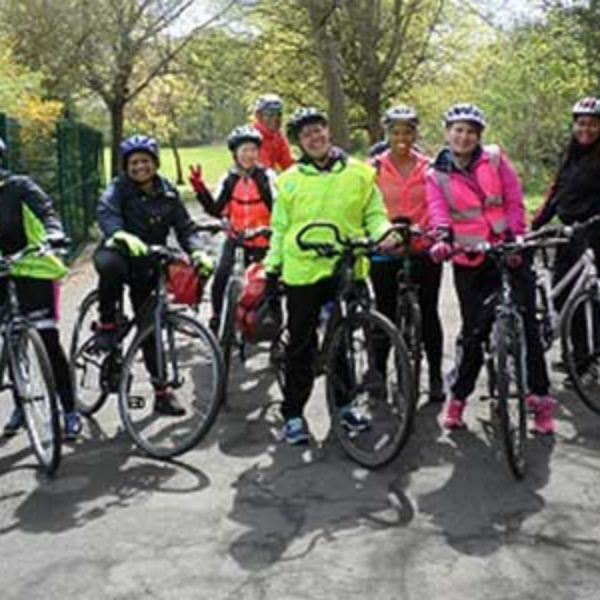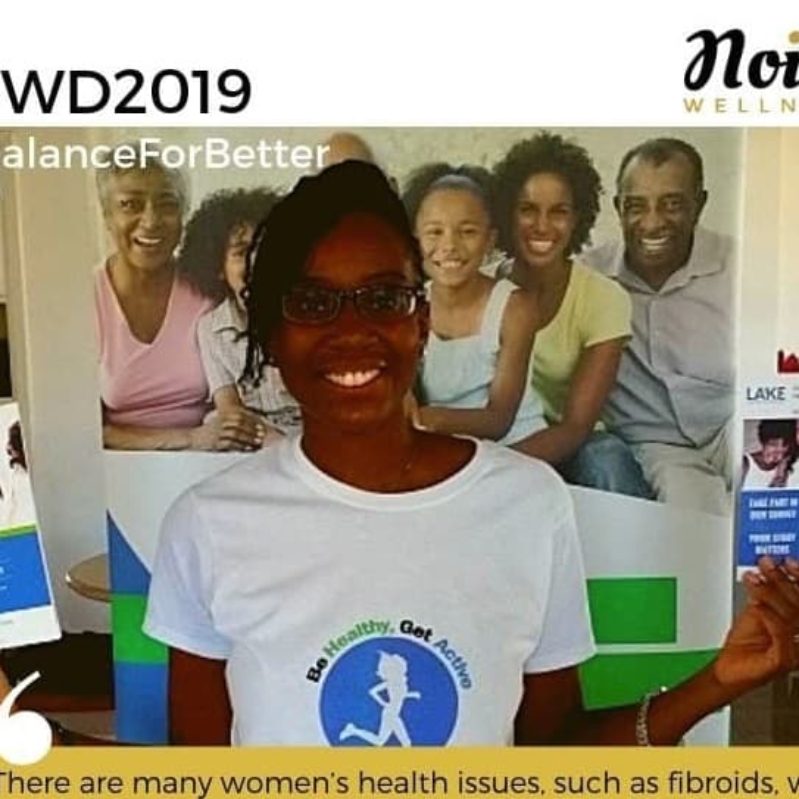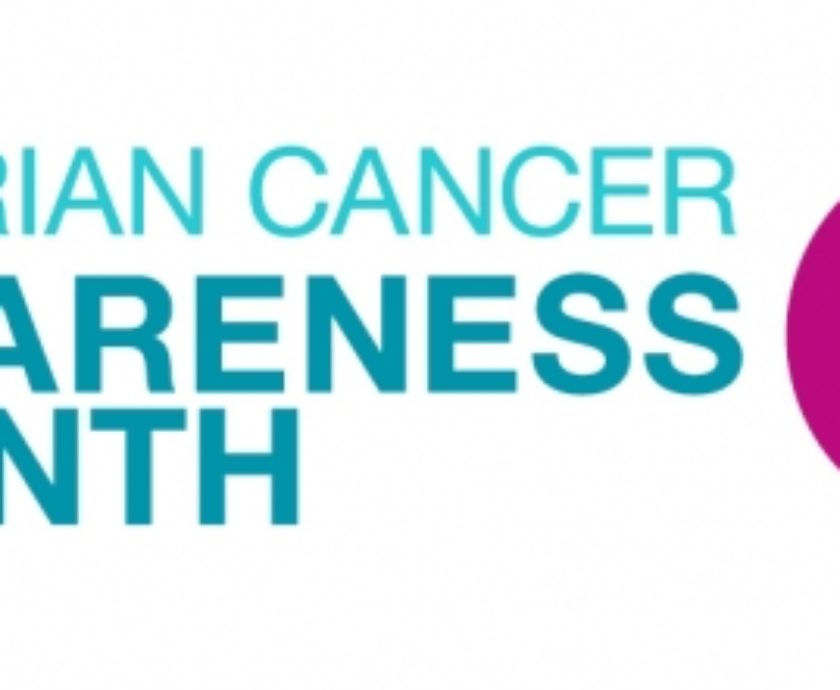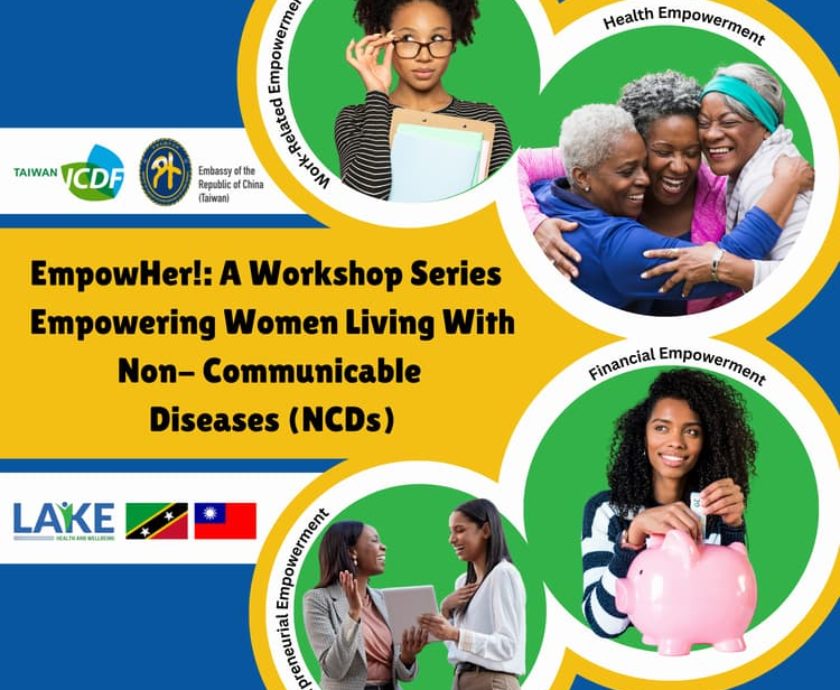Today’s blog post comes from guest author, Kimberly Hayes, Chief Blogger at Public Health Alert. In this piece, Kimberly explores alternative treatments for substance abusers.
Kimberly knows firsthand the loneliness and unknowns that addiction brings. After overcoming an eating disorder, she is ready to squash the stigma and help raise awareness about the importance of health, wellness, and self-care as it pertains to addiction, mental health, and so much more.
Millions of people all over the world struggle with addiction and seek treatment for it each year. Traditional treatment regimens, including pharmacotherapy, cognitive behavioral therapy, and motivational enhancement therapy, aren’t always reliable because every patient and every addiction is different. For example, cannabis and cocaine (particularly crack) are among the most widely used substances in the Caribbean, and the methods of treatment may vary.
Consequently, not everyone responds to treatment in the same way. Substance abuse treatment itself is a complex process full of twists and turns, and many individuals suffer relapses along the way. When traditional approaches prove ineffective, many turn to alternative treatments in hopes that a fresh and different approach may produce positive results, and some even use technology to help in their efforts. These alternatives are usually referred to as complementary and alternative medicine (CAM) treatments. CAM describes a wide range of holistic approaches that involve natural products like minerals, vitamins and herbs, and mind/body disciplines, such as yoga, meditation, and acupuncture.
Holistic Therapies
Holistic therapies seek to heal all aspects of one’s health, and are often recommended for people who don’t comprehend which aspect of their health their drug use is attempting to manage. By healing the mind, body and spirit, holistic therapy helps individuals maintain sobriety after the primary reasons for their addiction have been addressed. In other words, holistic therapies not only aim to heal but help maintain health well after treatment. That’s why so many therapists turn to this approach when more mainstream treatments fail to work. Many alternative approaches are used in conjunction with conventional approaches.
How to Choose
Deciding on a non-traditional treatment method should be rooted in evidence-based effectiveness. Proof of effectiveness is important because most alternative therapies are not rooted in traditional science. Therefore, the patient should take care in choosing which approaches they will employ, since it’s likely that some will prove disagreeable or lack efficacy. In other words, while meditation may work for some, acupuncture or tai chi may prove a better choice for others. If someone in addiction recovery is new to meditation, there are apps available that they can use on their smartphones, such as buddhify, Calm, and Headspace.
Length and Expense
Typically, holistic treatment programs last from 30 to 60 days though, in general, the longer the program, the better. Many people begin with a short-term stay to see if the therapy is right for them, then decide to stay longer if they’re seeing results. CAM programs can be rather expensive, given the fact that they’re often cutting-edge in nature (many facilities are in remote locales and offer healthy foods that tend to be expensive). Some treatment facilities will accept health insurance or allow you to set up a payment plan.
The Right Fit
Holistic rehabilitation programs are more flexible than conventional treatments. When investigating different options, look for a program that will customize treatment to suit your particular needs rather than insisting you follow the same path as every other patient. Visit the facility and talk to staff so that you can reach a comfort level before committing.
Complementary Approaches
Treatments that complement pharmacotherapeutic methods tend to favor natural approaches that use probiotics and botanicals to round out the therapy. Massage and other forms of physical therapy are also popular alternatives designed to achieve the kind of mind/body connection that can speed recovery. Hypnotism and movement therapies are also frequently used to help those in treatment for addiction avoid lapsing into negative and self-destructive behaviors. Even decluttering and cleaning your home can inject some positive energy into your life, along with reducing stress and anxiety.
Another complementary approach is physical activity. An exercise routine can aid addiction recovery by raising mood, establishing structure, and improving outlook. Routines do not have to be demanding; some easy stretches like chin tucks, ankle circles, and calf raises can bring down stress. More arduous physical activities include gardening, jogging, swimming, biking, and lifting weights.
Patients seeking treatment for substance abuse should steer clear of alternative therapies that have little or no evidence to support their efficacy. Achieving and maintaining sobriety is serious business and there’s no time to waste on alternatives that clearly offer little hope for success. Seek the advice of a health professional who can recommend a CAM option that’s best-suited to provide long-term support.
Photo by madison lavern on Unsplash












